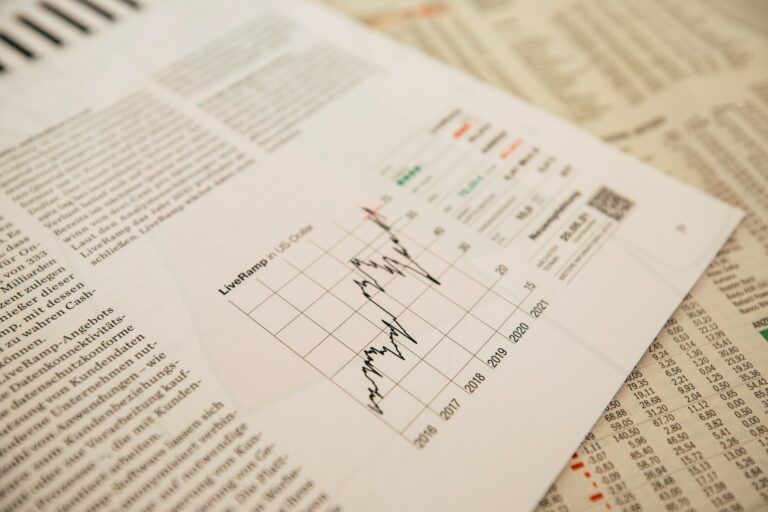As the stock market appears to be “unstoppable,” with the S&P 500 index recording its “biggest gain since 1997” amid rising geopolitical tensions and growing concerns of a potential financial crisis, a metric favored by the Oracle of Omaha Warren Buffet has hit an new high above its levels in the dot-com bubble and the Global Financial Crisis.
According to data shared by Barchart on the microblogging platform X (formerly Twitter), the Buffett Indicator, which measures the ratio between a country’s total stock market capitalization and its GDP, is now nearing 200%.
Historically, a reading of around 70% was considered normal, though the benchmark has crept closer to 100% in recent decades, with the metric having been steadily rising since June of this year.
While the current figure is undeniably extreme, it’s essential to note that the Buffett Indicator has not been a flawless predictor of recessions, accurately forecasting economic downturns roughly half the time.
Nevertheless, the indicator’s ascent to this dizzying height serves as a stark reminder of the frothy conditions in the stock market. As concerns about systemic instability grow, investors are increasingly scrutinizing valuations and seeking shelter from potential turbulence.
Notably, the rise comes at a time in which investors are also increasingly turning to safe haven assets like gold, with exchange-traded funds (ETFs) focusing on the precious metal and its miners seeing $3.3 billion of inflows since August.
This ‘historically high demand’ has meant gold is on track to have its best annual return since 1979, as it’s currently up 28% year-to-date to now trade at $2,645 per ounce. One year ago, the precious metal was at little over $1,800.
The price of the precious metal is surging at a time in which the total money supply in the United States, the Eurozone, Japan, and China has for the first time in history reached $89.7 trillion, having skyrocketed by a whopping $7.3 trillion over the past year.
Featured Image via Unsplash.









